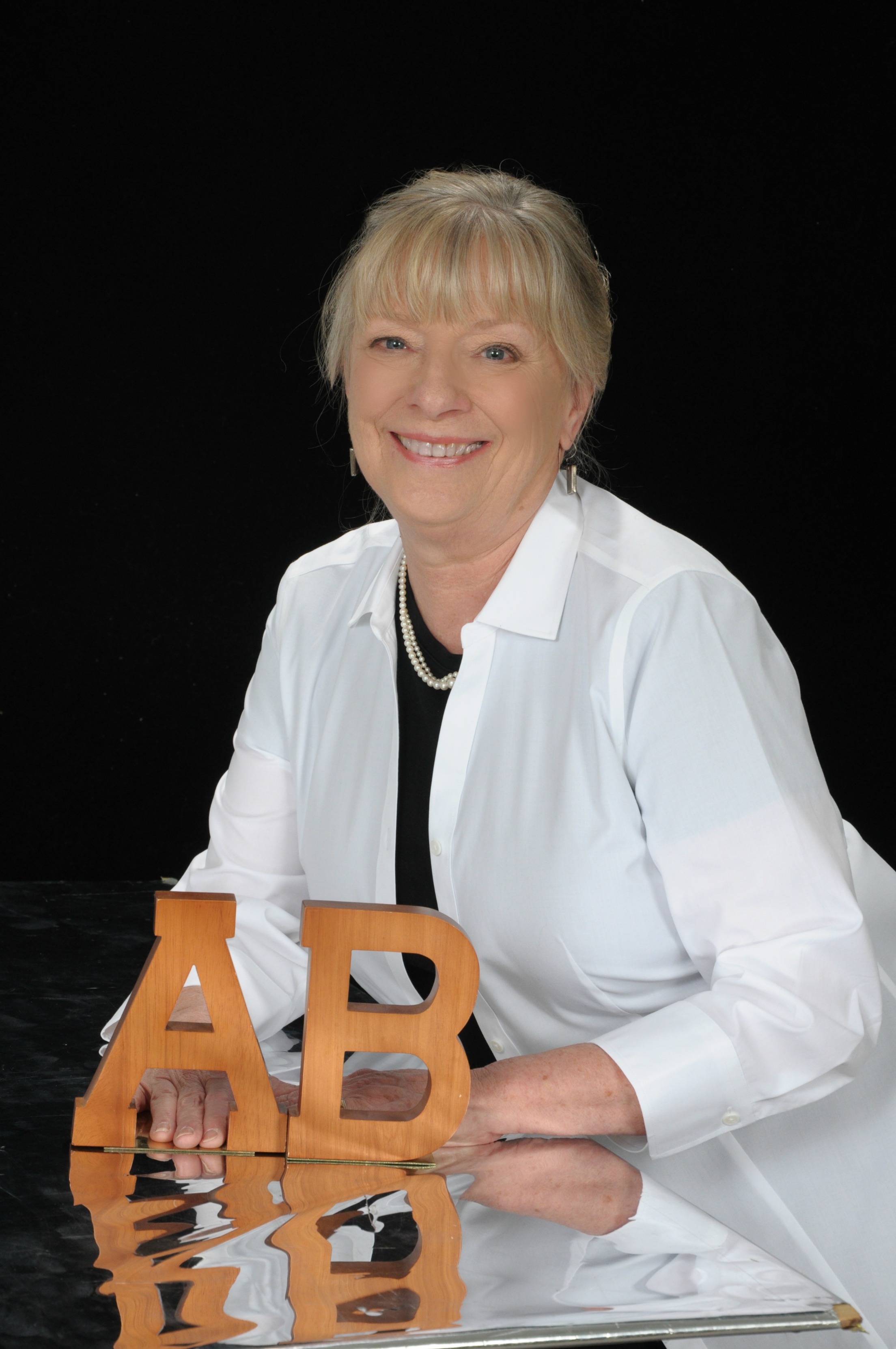Before there was digital photography, there were paper photographs, the kind you brought to a drug store for one hour processing. And before there was one hour processing, you waited in anticipation for a few days to see how your pictures turned out.
I liked those days, when there was a certain uncertainty that you’d recorded the family reunion in all its glory or your latest vacation in far-off Manitoba or some intimate event, like a christening or birthday. I liked that some time passed between the taking of the photos and reviewing them; there were a few days to forget the event before the photos showed up and reminded me of what a great time was had. Even if the photos themselves weren’t all that great.
Wasn’t it comic curmudgeon George Carlin who pondered the value of one hour photos in the first place, since the photographer had just been with the subject of his or her shots? I think he must have felt as I do.
I can see the value of digital photography with its ability to winnow out unflattering or blurry pictures, with its emphasis on real time and the power to go back and redo a shot in Manitoba because you’re never going there again and you want it right. I can see the savings in processing and also the savings in storage.
I personally must have at least a thousand unlabeled photos that span one hundred years of my family history and my own world. They sit silently but admonishingly in boxes in the guest closet waiting to be sorted and then arranged into some meaningful sequence.
Without looking, I recall the photo of my grandmother taken when she was about four or five years old. She stands next to her sister dressed in what would today be deemed oppressive garb for a youngster. She is serious, as is her older sister. I also recall photos of my own youth, which my mother had taken at the same studio for several years in a row. And photos of my own children.
Not all of them are perfect; and I suspect several of them would be lost in today’s digital, delete world. But I love them even more because they are not perfect. They are a case in point for the world the way it really is.







Leave a Reply